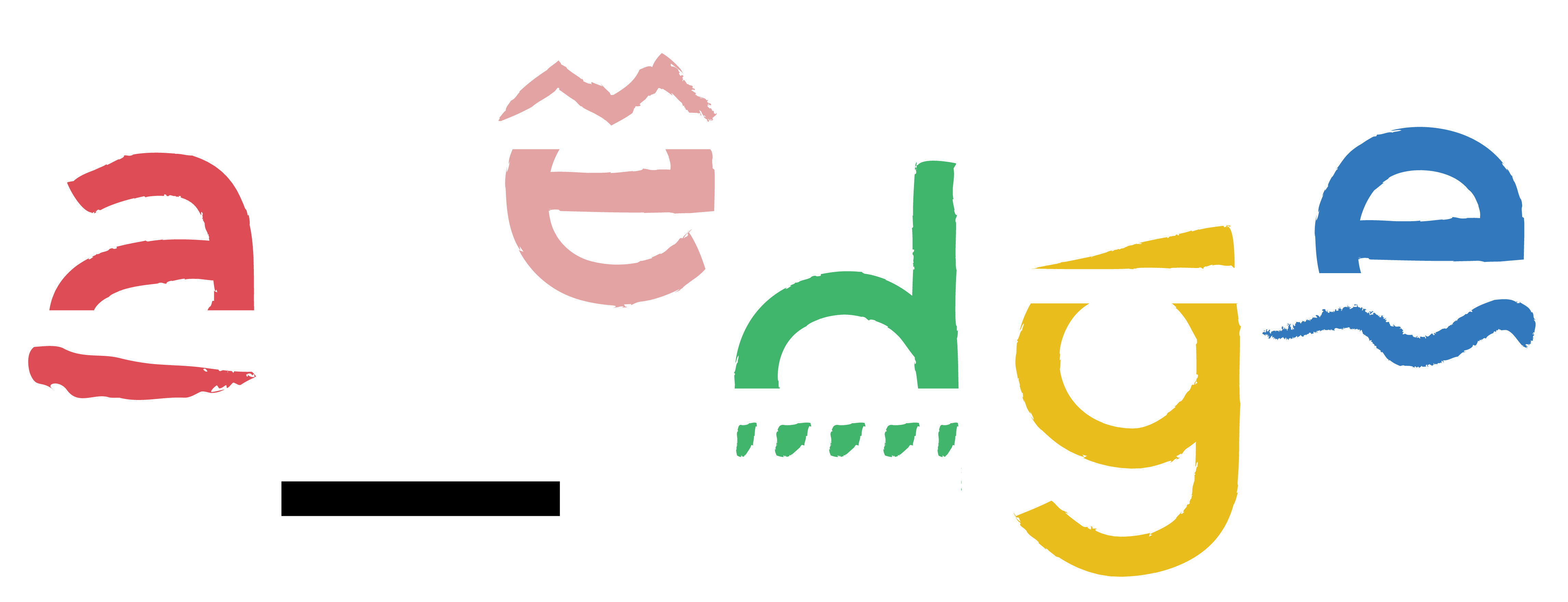The first section, Longing, examines places and situations we aspire to, and what it takes to get there. To long for suggests a hope, a desire, a goal and a yearning for what is yet to come. It is often followed by a concerted effort of grit and zealous determination. The journey one takes to chase one’s goals peers at the soul of the individual; it tests one’s character and holds up a mirror to not just the artist but also to the voyeur who glimpses this journey. What will you give up in exchange for the thing you want? Teacher-artists in this section explore refuge, personal memory, motivation, hope, uncertainty, communication and relationships while on the path to their dream.
A few teacher-artists know exactly the place they prefer to get to for a sense of calm and peace: the lily pond for Srividya Nair d/o Rajakumaran Nai, the Grand Canyon for Chong Chia Hwei, and nature reserves for Lai Hang Chi. Others feel that knowing the destination is less important than experiencing the journey. Chia Wei Hou, for instance, is influenced by map making. His interactive work encourages introspective reconsiderations of journeys and adventure, calling on the reader to reminisce associated feelings of hope, excitement, exhilaration but also loss and despair as we chase the proverbial ‘x’ on the map. To this end, he sagaciously concludes that getting lost is part of the journey for deeper appreciation and understanding of self and the lived environment.
Another journey that teachers will relate to is the broadscale shift to blended learning during the pandemic. The rush to prepare and execute new online lesson plans, including becoming a ‘Zoom’ expert overnight, was demanding. Yet teachers soldiered on. Sisters Norfaraidh Talib and Noratiqah Talib, who teach in different schools, took this exhibition as an opportunity to collaborate on a piece that marks the steep learning curve for teachers in this period. Using two main materials, paper (symbolising offline teaching) and aluminium foil (representing online teaching), they crumpled, twisted and blended them into an oversized ball of yarn partly weaved into an oversized rug. Their collaborative artwork, Knit-Ed, is an invitation to fellow art teachers to take a well-deserved break even as they continue pressing on whilst demonstrating the spirit of adaptability and courage to step up when situation calls for it.What’s in our memory? Is it people, events or objects? The more we try or want to recall something, the more we realise that our memories are fuzzy and incomplete. As our memories get reduced and distilled, what will be left of it? In Cheak Yen Hui’s work, she explores the desire to go back to her own memories. She starts by looking through her childhood photos which evoke her memory of the events that happened in her life. In the process, she makes astute observations. There are objects that recur in all her memories, such as an old t-shirt or a small sand shovel. These objects become gateways for Cheak to recall events in her life. Her exploration invites the audience to think about their own “objects” in life and reflect on how each has followed them through their growth and development.
Teacher-curators Victor Gan and Maisarah Kamal, with Guest Curator Michael Lee
View the artworks here.
